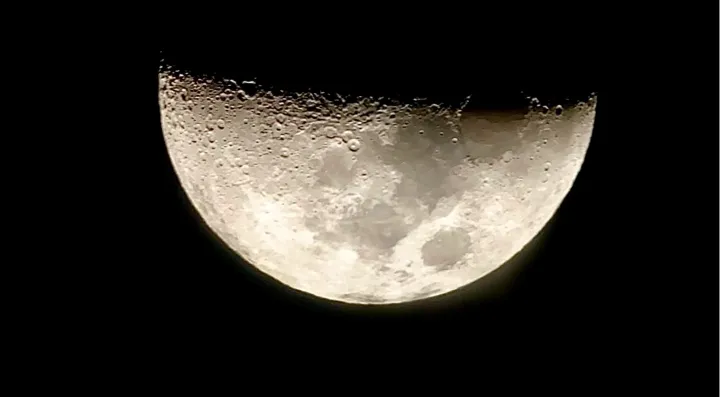Space Exploration: Is it worth the risk?
“Let’s face it, space is a risky business. I always considered every launch a barely controlled explosion.” NASA administrator Aaron Cohen stated. This implies that space is risky as well as extremely hazardous. The government is providing staggering amounts of resources to aid advancement in space. Humanity, however, is suffering the grievous effects of worldwide insecurities, the plethora of dangerous outcomes astronauts are exposed to as well as the extensive amount of research and funding the government is giving to NASA’s space organizations.
The government should utilize our resources to fund world-wide problems that greatly impact people daily. For example, poverty impacts a staggering amount of people and can cause difficulties in a person's life such as malnutrition and lack of access to health care. A statistic from un.org states that 1 in 10 people suffer from poverty, which is approximately 800 million people worldwide. Humanity is spending massive amounts of money to research space while people are suffering because they can’t find an affordable doctor. According to the UnitedNations.org, in 2020, it is estimated that 720 million to 811 million people in the world endured hunger, which was an additional 161 million more than in 2019. Moreover, during 2020, a staggering 2.4 billion people, which is about 30% of the world’s population, were food-insecure, meaning they were lacking access to sufficient food on a regular basis. Secondly, we should also utilize our resources to benefit the environment as well as to create a sustainable future. Newsela states that in 2021, the global average temperature was about 1.1°C more than the years from...
The government should utilize our resources to fund world-wide problems that greatly impact people daily. For example, poverty impacts a staggering amount of people and can cause difficulties in a person's life such as malnutrition and lack of access to health care. A statistic from un.org states that 1 in 10 people suffer from poverty, which is approximately 800 million people worldwide. Humanity is spending massive amounts of money to research space while people are suffering because they can’t find an affordable doctor. According to the UnitedNations.org, in 2020, it is estimated that 720 million to 811 million people in the world endured hunger, which was an additional 161 million more than in 2019. Moreover, during 2020, a staggering 2.4 billion people, which is about 30% of the world’s population, were food-insecure, meaning they were lacking access to sufficient food on a regular basis. Secondly, we should also utilize our resources to benefit the environment as well as to create a sustainable future. Newsela states that in 2021, the global average temperature was about 1.1°C more than the years from...




